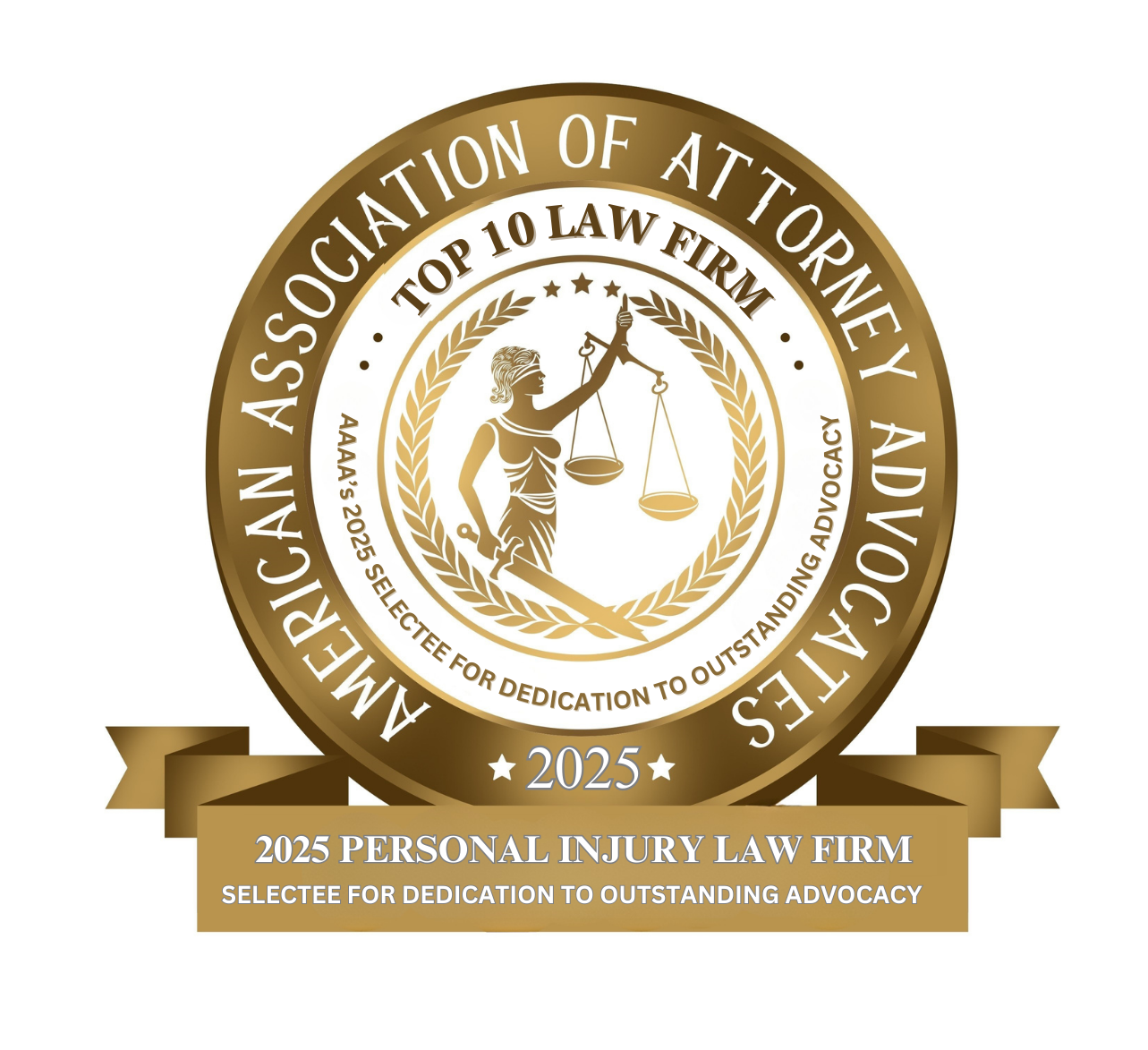- Free Consultation: (630) 527-4177 Tap Here to Call Us
Liability in Slip and Fall Cases: Understanding Actionable vs. Non-Actionable Claims

In slip and fall cases, proving liability isn’t always straightforward. While some accidents result in serious injuries, not all cases are legally actionable. Determining whether a case is actionable often hinges on whether the property owner had a duty to address the hazard and whether they failed to act reasonably in doing so. Below is an overview of scenarios where liability may or may not be established in slip and fall claims, along with examples from case law.
Non-Actionable Slip and Fall Cases
Some slip and fall accidents may not lead to viable legal claims due to protections provided under Illinois law or because the conditions were deemed “open and obvious” to a reasonable person. The following are examples of non-actionable cases:
- Tracked-in Water
- Legal Precedent: Slip and fall cases involving tracked-in water can be challenging to prove, particularly in commercial spaces where customers bring water inside on their shoes during inclement weather. In Reed v. Galaxy Holdings, Inc., 394 Ill. App. 3d 39 (2009), the Illinois Appellate Court found that a laundry mat was not liable for a slip and fall injury caused by rainwater tracked in near the entrance. The court ruled that the rainwater was as a result of a natural accumulation and that that the store did not have a specific duty to remove every water spot in high-traffic areas.
- Key Takeaway: For cases involving tracked-in water, proving negligence requires more than showing the presence of water. Courts often consider whether the hazard was so apparent that a reasonable person should have been able to avoid it.
- Natural Accumulation of Snow and Ice
- Illinois Statute: Under the Snow and Ice Removal Act (745 ILCS 75/2), residential property owners in Illinois are not legally obligated to remove naturally accumulated snow or ice from their driveways or walkways. This statute protects homeowners from liability when someone slips and falls on naturally occurring snow or ice, making many such cases non-actionable.
- Key Consideration: However, property owners may still be held liable if they voluntarily undertake snow removal in a negligent manner, such as by leaving areas partially cleared or creating dangerous piles of ice or snow.

Actionable Slip and Fall Cases
While certain slip and fall incidents may not give rise to a legal claim, others are actionable when negligence can be demonstrated. These cases often involve hazardous conditions that go beyond weather-related factors, such as poorly maintained premises or failure to warn of known dangers.
- Entranceways and Egress Points
- Legal Precedent: Certain areas, such as building entrances and exits, demand a higher level of care from property owners. In Ward v. K Mart Corp., 136 Ill.2d 132 (1990), the Illinois Supreme Court found a business owner liable for an accident that occurred when a customer walked into a concrete post near the entrance of the store. The court determined that even though the customer had previously encountered the concrete post when he entered the store, the store had a duty to exercise reasonable care extended to the risk that one of its customers would collide with the post while leaving the store carrying a large, bulky item.
- Key Takeaway: In commercial settings, property owners must take additional precautions in entranceways and egress points to prevent accidents, especially when they are aware of the risks posed by dangerous conditions on the premises.
- Combination of Weather and Structural Defects
- Legal Precedent: When weather conditions, such as ice or rain, are combined with defects in the structure of a property, liability may arise. In Murphy-Hylton v. Lieberman Management Services, Inc., 2016 IL 120394, the Illinois Supreme Court held a property management company liable for a slip and fall injury caused by ice accumulation on a poorly maintained walkway. Although the ice was naturally occurring, the court ruled that defects in the walkway itself worsened the danger, and the property owner had a duty to repair those defects.
- Key Takeaway: Structural defects, such as uneven walkways, potholes, gutters, or damaged surfaces, can create an actionable claim when combined with weather-related hazards, shifting the burden of responsibility onto property owners.
Investigating Liability and Identifying Defendants
At John J. Malm & Associates, our experienced Illinois slip and fall attorneys conduct thorough investigations into each slip and fall case to determine if the accident was legally actionable. Our process includes:
- Surface Conditions: We assess the condition of the surface where the fall occurred, including the coefficient of friction (COF), a key measure of slip resistance. Surfaces with a COF below recommended safety standards (usually 0.5 or higher, as suggested by OSHA) are more likely to cause slips, particularly when wet or worn.
- Weather Conditions: We consider the weather at the time of the accident and whether the property owner took reasonable steps to prevent weather-related hazards, such as salting icy surfaces or clearing snow.
- Structural Defects: Our team investigates any structural defects in the walkway, stairs, or flooring that could have contributed to the slip and fall.
- Preventive Measures: We review whether the property owner or manager took reasonable steps to prevent the hazard, such as placing warning signs, using floor mats, or regularly inspecting and repairing surfaces.
The Importance of Expert Analysis in Slip and Fall Cases
In slip and fall cases, expert testimony and analysis are often critical in proving liability. Slip resistance testing, surface inspections, and a detailed analysis of property maintenance records can help establish whether the property owner acted negligently.
“At John J. Malm & Associates, we leave no stone unturned in our investigation of slip and fall cases. We work with experts to examine the scene, analyze surface conditions, and identify all liable parties. Our goal is to ensure that property owners are held accountable for dangerous conditions and that our clients receive the compensation they deserve.” — John J. Malm
Contact the Illinois Slip and Fall Attorneys at John J. Malm & Associates
Slip and fall accidents can result in serious injuries, but not all cases are actionable. The key to proving liability lies in demonstrating that the property owner failed to take reasonable steps to address hazardous conditions. Whether it’s tracked-in water, natural ice accumulation, or a combination of weather and structural defects, understanding the legal landscape of slip and fall cases is crucial for victims seeking compensation.
At John J. Malm & Associates, we have the experience and resources to thoroughly investigate slip and fall claims and hold property owners accountable for negligence. If you’ve been injured in a slip and fall accident, contact our top-rated Naperville slip and fall lawyers for a free consultation to discuss your case and explore your legal options.















